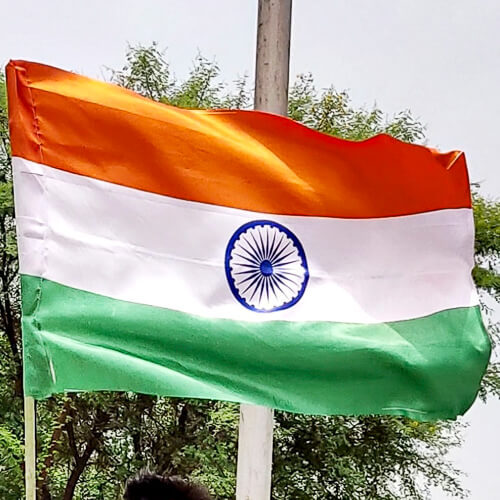
With a 5G rollout just around the corner, the Telecom Regulatory Authority of India (TRAI) has launched a pilot program to use street furniture to deploy small cell networks to accelerate the expansion of the 5G telecom infrastructure.
Four locations are taking part: Indira Gandhi International (IGI) Airport in Delhi, Bengaluru Metro Rail Corporation, Kandla Port in Gujarat, and Bhopal city.
The state of Kerala in South India recently proposed using street furniture to bolster telecom infrastructure deployment. The Department of Telecommunications (DoT) then created a committee to review its feasibility.
Figure 1:  Climb the flagpole: Using street furniture could help India achieve the densification of networks necessary for high speed connectivity with low latency of less than one millisecond.
Climb the flagpole: Using street furniture could help India achieve the densification of networks necessary for high speed connectivity with low latency of less than one millisecond.
(Source: rahul jarwal on Unsplash)
Street furniture means anything from electricity poles, traffic signals, lit signage, lampposts, athletic field light poles, utility poles, mailboxes, park benches, bus stop enclosures, billboards to phone booths and more.
The DoT believes that this move will help overcome right of way (RoW) challenges and facilitate the deployment of next-generation telecom infrastructure more efficiently.
Public infrastructure is key
After Kerala, the availability of street furniture in other states is being reviewed by an internal committee.
Densification of the networks is crucial to achieving a 5G experience that offers ultra-high-speed with an extremely low latency of less than one millisecond.
India has yet to develop a national policy to support the use of public infrastructure to build a 5G network.
Want to know more? Sign up to get our dedicated newsletters direct to
your inbox
Guidelines will need to be simplified to develop street furniture to accelerate the use of small cells and aerial fiber.
Right now, setting up small cells in India involves acquiring permissions from several authorities, inconsistent rental and different right of way issues in various parts of the country.
These sticking points need to be resolved as the country moves closer to launching 5G. India is likely to hold spectrum license auctions in May 2022, with a commercial launch expected in the second half of the year.
Related posts:
— Gagandeep Kaur, contributing editor, special to Light Reading
Read more about:
AsiaAbout the Author(s)
You May Also Like










